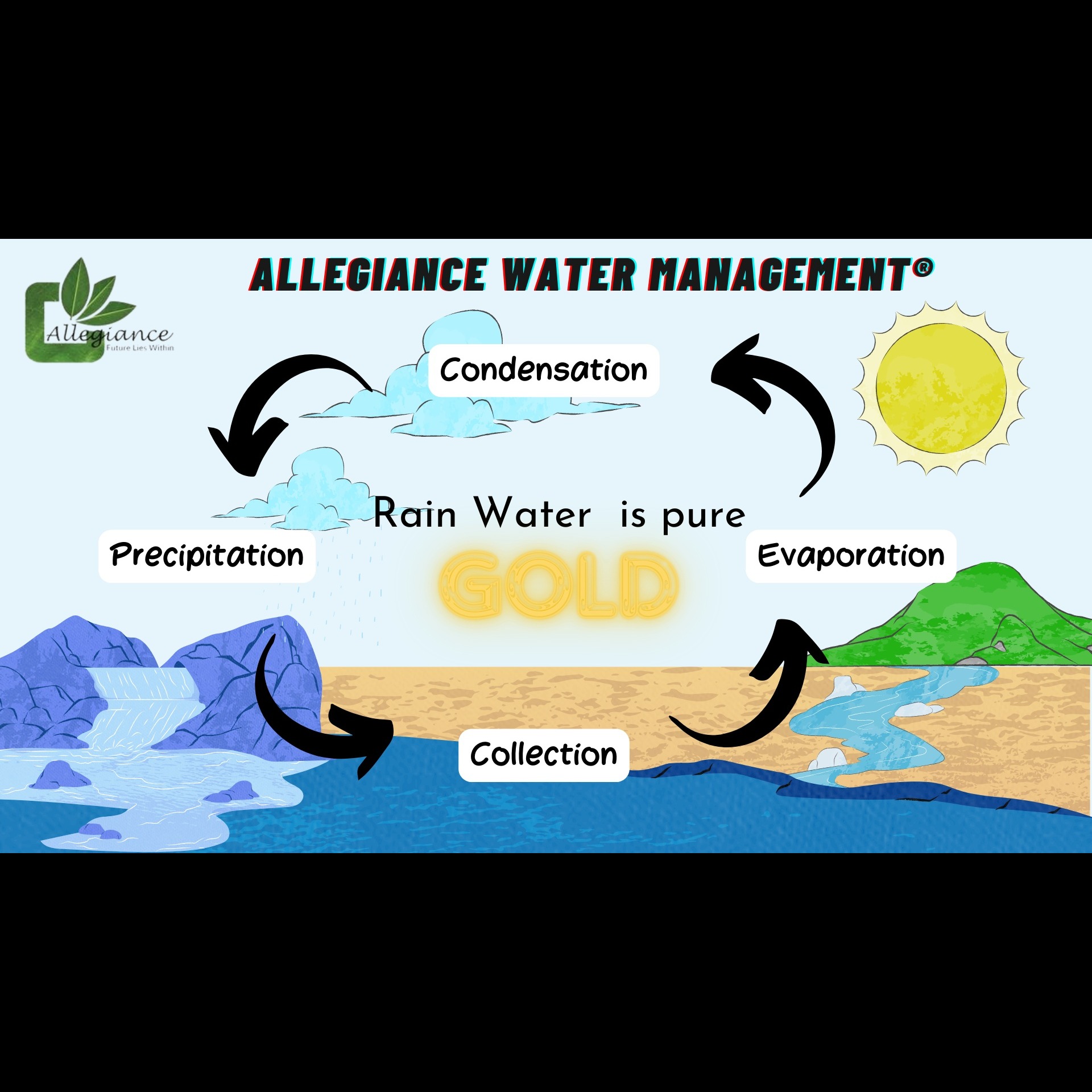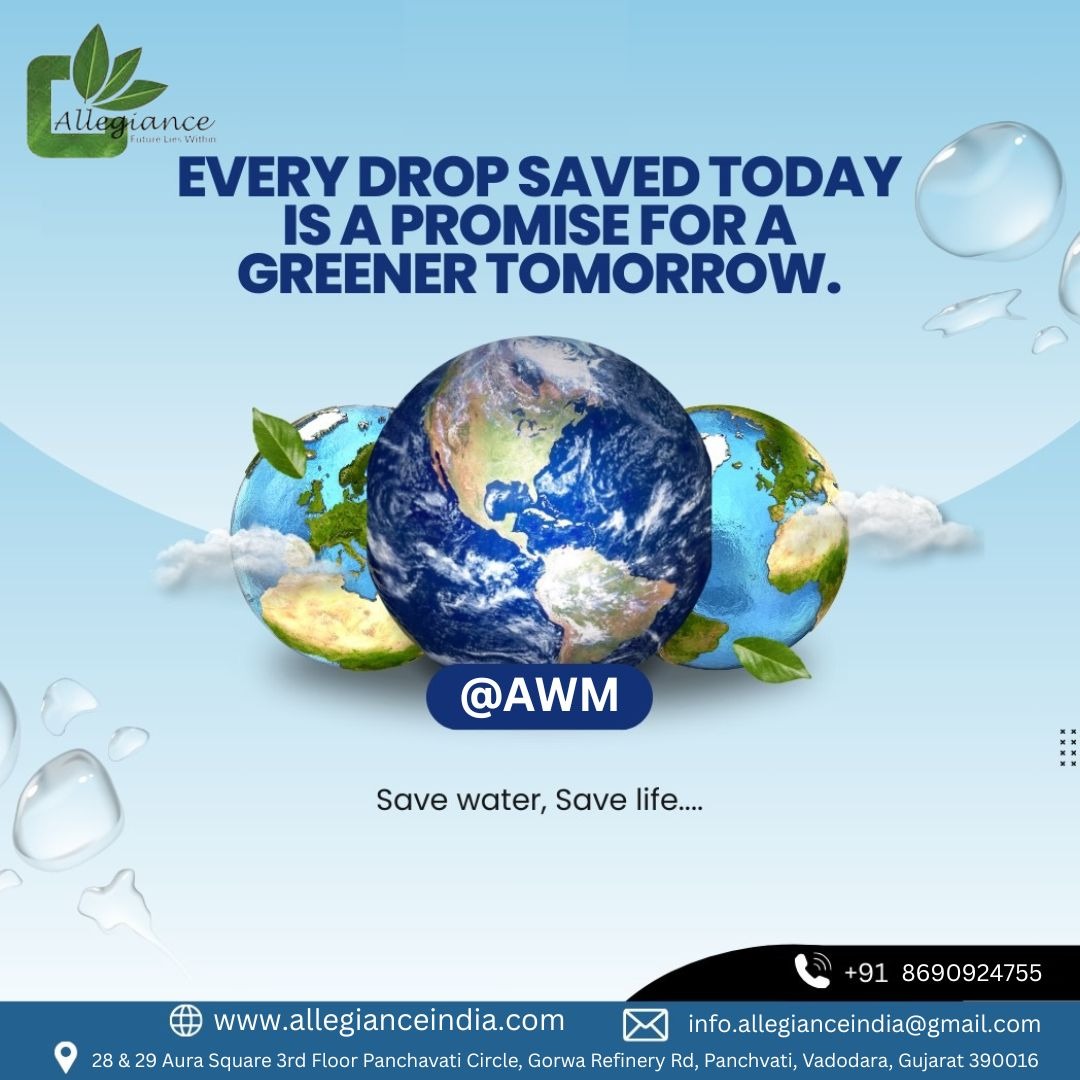
Allegiance Rainwater Harvesting System
Methods of Rainwater Harvesting .
How to Save Rain Water?
Surface runoff harvesting.
In urban area rainwater flows away as surface runoff. ...
Rooftop rainwater harvesting. It is a system of catching rainwater where it falls. ...
Rooftop Rainwater Harvesting System. ...
Catchments. ...
Transportation. ...
First Flush. ...
Filter. ...
Sand Gravel Filter.
Broadly there are two ways of harvesting rainwater
Surface runoff harvesting
Roof top rainwater harvesting
Rainwater harvesting is the collection and storage of rainwater for reuse on-site, rather than allowing it to run off. These stored waters are used for various purposes such as gardening, irrigation etc. Various methods of rainwater harvesting are described in this section.
1. Surface runoff harvesting
In urban area rainwater flows away as surface runoff. This runoff could be caught and used for recharging aquifers by adopting appropriate methods.
2. Rooftop rainwater harvesting
It is a system of catching rainwater where it falls. In rooftop harvesting, the roof becomes the catchments, and the rainwater is collected from the roof of the house/building. It can either be stored in a tank or diverted to artificial recharge system. This method is less expensive and very effective and if implemented properly helps in augmenting the groundwater level of the area.
Recharging groundwater aquifers
Groundwater aquifers can be recharged by various kinds of structures to ensure percolation of rainwater in the ground instead of draining away from the surface.
Commonly used recharging methods are:-
a) Recharging of bore wells
b) Recharging of dug wells.
c) Recharge pits
d) Recharge Trenches
e) Soakaways or Recharge Shafts
f) Percolation Tanks
c) Recharging of bore wells
Rainwater collected from rooftop of the building is diverted through drainpipes to settlement or filtration tank. After settlement filtered water is diverted to bore wells to recharge deep aquifers. Abandoned bore wells can also be used for recharge.
Optimum capacity of settlement tank/filtration tank can be designed on the basis of area of catchment, intensity of rainfall and recharge rate. While recharging, entry of floating matter and silt should be restricted because it may clog the recharge structure.
Keywords
silt
site
entry
basis
waters
storage
section
rainfall
two ways
dug wells
gardening
intensity
Soakaways
Catchments
urban area
Rain Water
collection
structures
drainpipes
irrigation
First Flush
deep aquifers
Recharge pits
recharge rate
various kinds
Transportation
house/building
Recharge Shafts
Various methods
floating matter
Optimum capacity
various purposes
groundwater level
Percolation Tanks
Recharge Trenches
recharge structure
recharging methods
rooftop harvesting
Sand Gravel Filter
appropriate methods
Abandoned bore wells
groundwater aquifers
Surface runoff harvesting
artificial recharge system
Roof top rainwater harvesting
settlement tank/filtration tank
Rooftop Rainwater Harvesting System
Allegiance Rainwater Harvesting System
Methods




